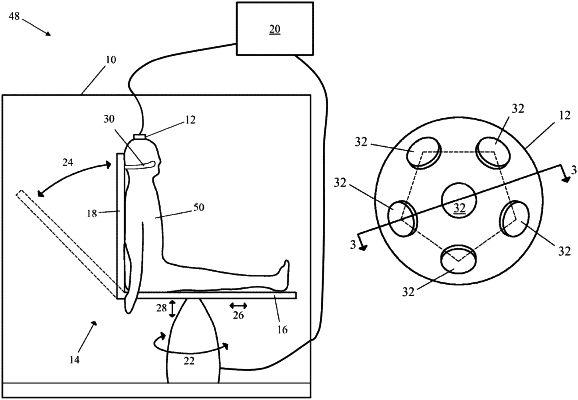| CPC A61B 5/4088 (2013.01) [A61B 5/0042 (2013.01); A61B 5/055 (2013.01); A61B 5/246 (2021.01); A61B 5/6803 (2013.01); A61B 5/7203 (2013.01); A61B 5/7257 (2013.01); A61B 5/7264 (2013.01); A61B 5/7267 (2013.01); A61B 5/162 (2013.01); A61B 2503/40 (2013.01); A61B 2560/0223 (2013.01); A61B 2562/0223 (2013.01); A61B 2576/026 (2013.01)] | 20 Claims |

|
1. A computer-implemented method, comprising:
accessing, by a processor, a set of epochs of magnetoencephalography (MEG) data of responses of a test patient to a plurality of auditory stimulus events;
determining, by the processor and for each epoch, a characteristic of a sorting peak in a tri-peak pattern, the tri-peak pattern comprising a first peak, a second peak, and a third peak, the sorting peak being one of the first peak, the second peak, or the third peak;
sorting, by the processor, the set of epochs based on values of the characteristic of the sorting peak of the epochs;
determining, by the processor, one or more parameters of the set of epochs that are sorted, each of the one or more parameters related to one or more of the first peak, the second peak, or the third peak; and
providing, by the processor and based on the one or more parameters, a determination whether the test patient is cognitively impaired.
|